Tech Spotlight Series: FireWatch Solutions on building affordable, secure communications networks for global NGOs
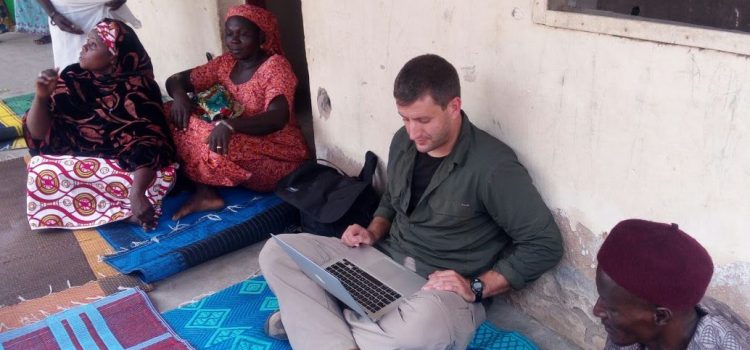

In many of the world’s developing nations, there is a vast ecosystem of non-governmental organizations (NGO) working feverishly to help improve the quality of life. Operating in these places can be dangerous, as access to secure communications can be limited or inconsistent.
After a career in the U.S. Marine Corps, Brian von Kraus began advising NGOs across the globe on security. Working in remote locations, where infrastructure, stability, communications, and security are often lacking, he is tasked with creating plans for navigating ever-changing environments safely. As the founder of FireWatch Solutions, expecting and planning for secure communications ubiquity is key for his nonprofit clients.
According to Brian, redundant levels of technology help to ensure that the security planning performed by FireWatch Solutions is successful regardless of the location. Recently, The Last Mile sat down with von Kraus to better understand the security needs of international nonprofits and how mesh networking communications can round out the mix of technologies that protect staff doing humanitarian work in remote, and often challenging locations.
Here is what he had to say:
The Last Mile: To help us understand the work of FireWatch Solutions, can you tell us why you founded the company?
Brian von Kraus: In some of my early post-military work, I worked for a small international NGO that was found by a friend. While working with them, I saw a major gap in security protection in the NGO sector as a whole. Many of their employees were exposed to a lot of risk that they didn’t need to be. With that in mind, I started FireWatch Solutions to help protect NGOs and their employees.
The Last Mile: What does your daily work on behalf of NGOs look like?
Brian von Kraus: Most of my work is remote. I’m a remote security manager for several NGOs. I help them with security quality development, outline training plans for employees, and travel briefings. The more exciting portion of the work I do, and the minority of the work, is the overseas in-person advisory services where I go overseas to do risk assessment and project setup.
For example, I helped one NGO by doing scouting trips to set up a new project in a conflict zone. We scouted places like Mogadishu, Somalia, Eastern Congo, northeast Nigeria, before settling on northeast Nigeria in close proximity to Boko Haram. I supported another NGO by scouting a location in Niger where we were able to protect their activities near the Sahara Desert. The overseas work is what I find most compelling.
The Last Mile: How do you and your clients stay connected in these remote locations?
Brian von Kraus: For short-term trips, there are two modes of primary communications: local cell phone networks and backup satellite communications in case the mobile network is down. This often happens in remote areas. If the project is long-term, we can add more layers of communications — VHF radios, and others.
In those remote rural areas, where many NGOs have their field teams working, there are gaps where I see the need for mesh networking devices like goTenna Pro to beef up our Primary, Alternate, Contingency, and Emergency (PACE) plans and make them more robust. PACE Plans are part of a military methodology that calls for having multiple, redundant communications — if one fails, there are backup communications.
The Last Mile: What challenges need to be overcome to ensure continued security and communications?
Brian von Kraus: Often, our clients choose to operate out of a safe hub such as a large population center. However, sometimes our clients choose to operate away from these hubs where the need for their services is often greater. For example, one of our clients chose to operate closer to a conflict zone with the intent to set up a long-term base and stabilize communities through agricultural development.
In these more remote locations, mobile data infrastructure is inconsistent due to the long distances. It requires too much investment to have cell towers out that far. Also, there might be times where extremist groups actively destroy towers. In some countries, governments can also shut down the networks during protests and other times of civil unrest — which are times when the NGOs need communications the most. Our NGO workers are impacted by these disruptions.
The Last Mile: What are some of the risks that NGOs may face when they’re operating in these remote locations?
Brian von Kraus: There is a whole range of risks. Something as simple as someone in a remote area getting a sprained ankle or getting really sick can be a major risk since the medical infrastructure is poor to nonexistent in these locations. Getting even simple medical care can be difficult.
Then there are higher risks. There may be criminal activities like robbery, carjacking, and kidnapping. Today, the highest risk involves extremist groups engaging in hostile acts against NGO workers. The old status quo of NGO workers being neutral and protected is gone. Often NGO workers can be targeted simply because they’re from countries or ways of life that these groups disagree with.
The Last Mile: Can you tell us about a specific situation where you encountered these challenges?
Brian von Kraus: I was working for an NGO in Niger for a few months. They had activities spread throughout the country. It was often the activities near the border regions that had the most trouble with communications.
In border regions, especially near the western border with Mali and Burkina Faso, the security situation is extremely in flux. There are a lot of extremist activities in Mali and Burkina Faso that often spill over into Niger.
Much like other remote areas in developing nations, this area was very poorly resourced, with very little infrastructure.
In that location, there was a perfect storm of communications challenges. There was a combination of normal communications challenges. For example, this is where the cell networks of the countries compete and overlap causing problems. This is often compounded with a high-level extremist activity actively destroying networks or the governments shutting down networks to prevent extremists from talking.
All of these challenges resulted in poor communications and made operating there very difficult. Keeping track of travelers and communicating with them was very difficult due to the conditions.
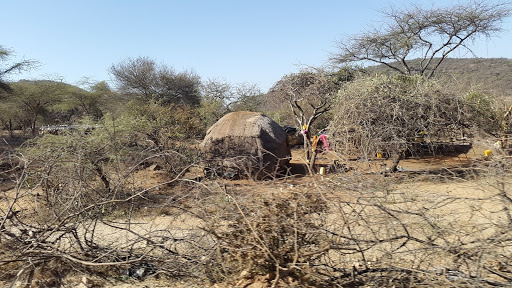
The Last Mile: How can mesh networking devices like goTenna Pro be helpful for nonprofits working in these remote locations?
Brian von Kraus: I see goTenna Pro’s low-bandwidth mesh networks as a hybrid between VHF radios and position tracking. It’s a good combination of both of those abilities.
Right now, there are only two options for position tracking — mobile cell phones, or, if the network is down, there are satellite beacons. Unfortunately, satellite beacons are very expensive, and most NGOs try to limit their spending so that much of their budget can go to their mission.
goTenna Pro is a perfect mix of the two. It can offer communications outside of the cell network by allowing users to text each other via the mesh network. It also offers position tracking. You can track positions without having the cost of a satellite link. It’s a very low-cost solution that offers two essential capabilities.
Taking it a bit of a step further, if a group is conducting long-term activities without existing communications networks, it is easy to set up a goTenna hub. Field workers can connect to the hub to maintain communications throughout the mesh network. If the hub for the mesh network is near the mobile cell network, it allows for connection to the outside world.
There are models where you can integrate goTenna mesh networks with local mobile cell networks. A person at the hub could have two phones – a cell phone connected to a cell network, and one connected to the mesh network. You could relay messages from the far outlying remote workers who are only on the mesh back to the cell network to call for help, evacuation, medical help, whatever is needed.
The Last Mile: How do world crises like the Ebola outbreak in 2014, and now the COVID-19 pandemic impact international NGOs? Is there anything that can be done to help in these situations?
Brian von Kraus: Some of these communities deal with Ebola in addition to five other things. For example, some communities in Eastern Congo dealt with Ebola, extremist violence, plus poor infrastructure and poor crop conditions. Often these communities deal with many layers of difficulties during these crises.
Also, the bandwidth in some countries is not designed to support the level required for NGO field workers to work remotely. The phone networks can only handle texting and the sharing of documents is impossible.
In these locations, additional communications options would aid their work. For example, goTenna Pro would help because it operates off the grid and isn’t impacted by bandwidth restrictions. With COVID-19 for example, mesh networks could be established between community leaders to allow them to share information and data.
goTenna Pro could allow communications channels between community leaders. They could receive daily alerts and get the latest updated information about the most recent outbreaks. It would allow a higher level of awareness at a great benefit to communities. It would help stomp out a lot of rumors and give them the information they need to address the challenges in a more informed manner.
To learn more how mesh networking communications can increase community resilience during a disaster or crises, click here.


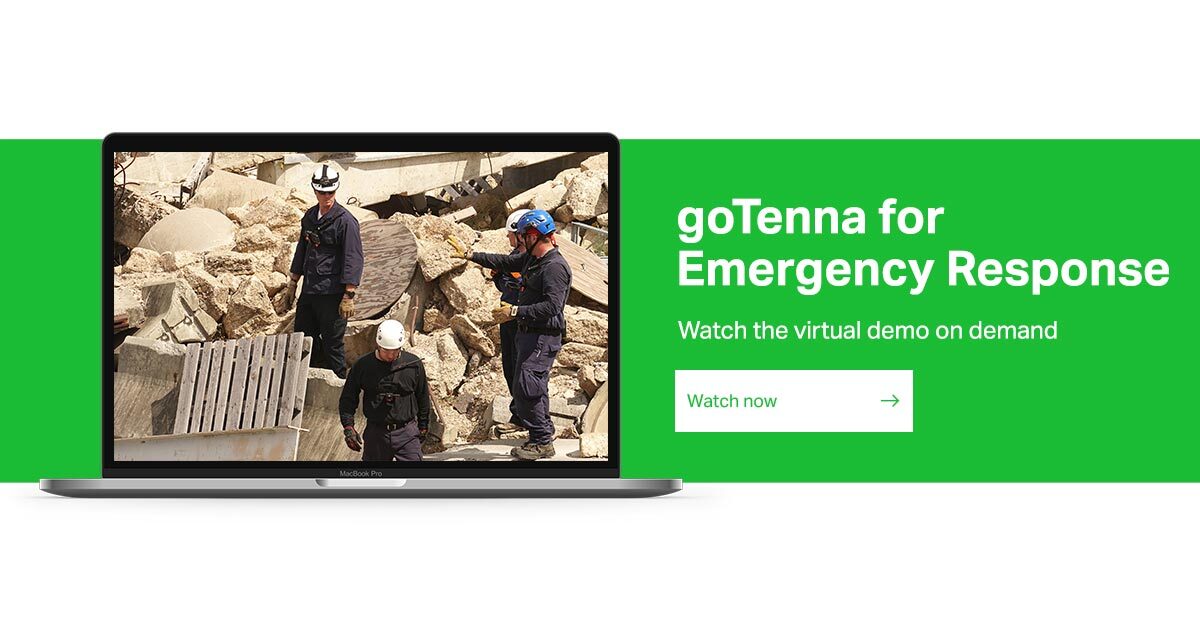
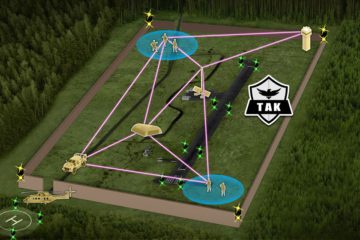
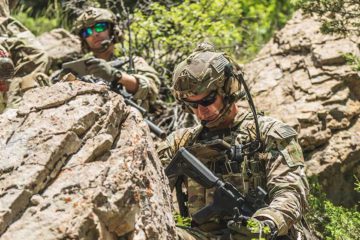
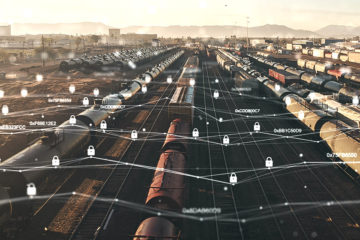


No Comment